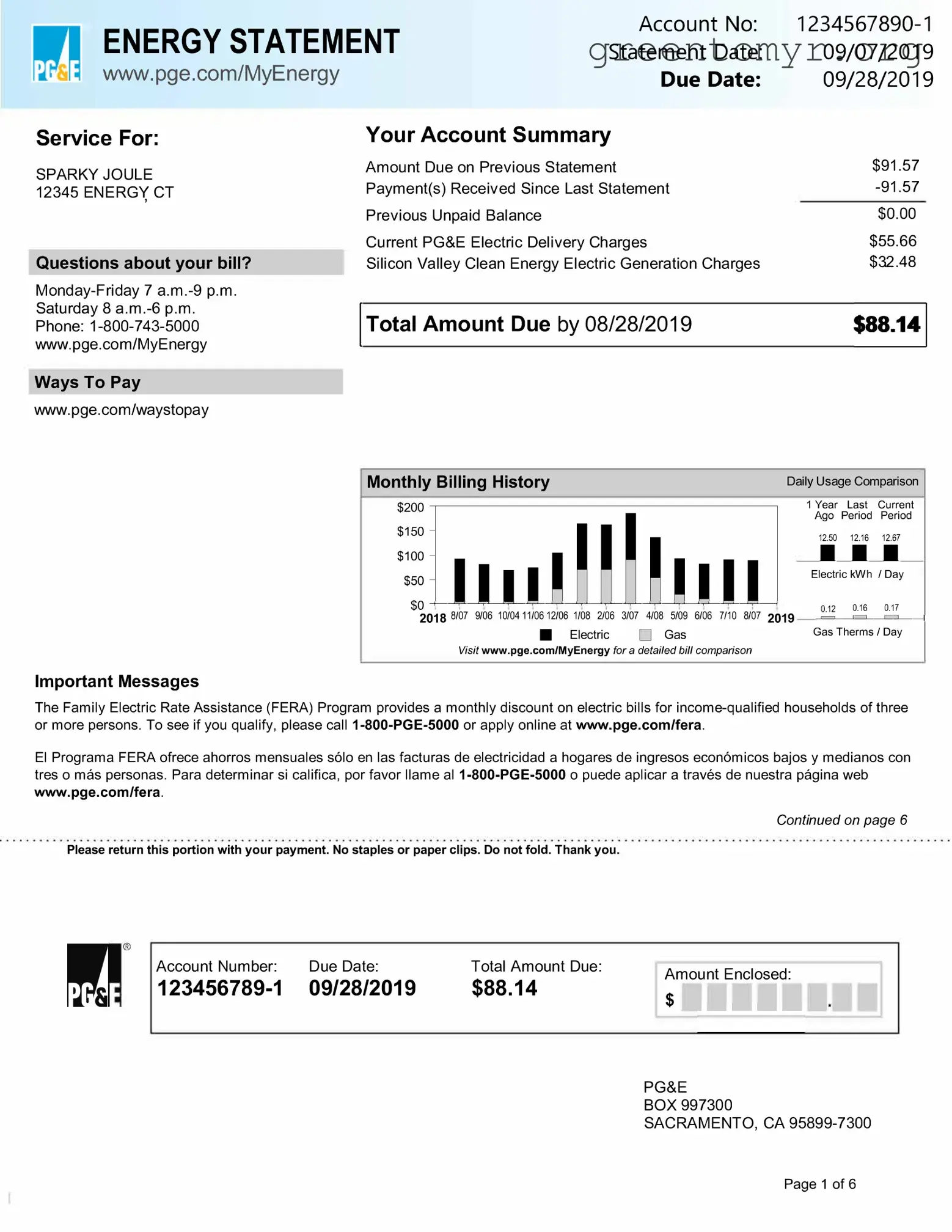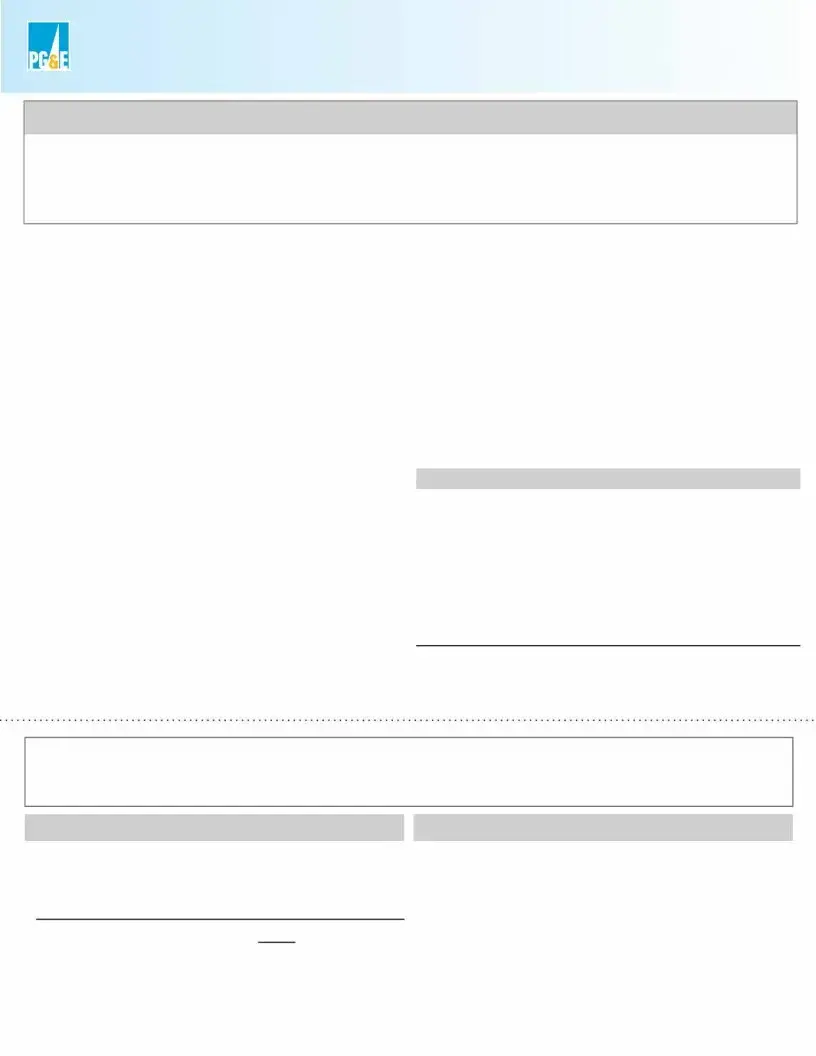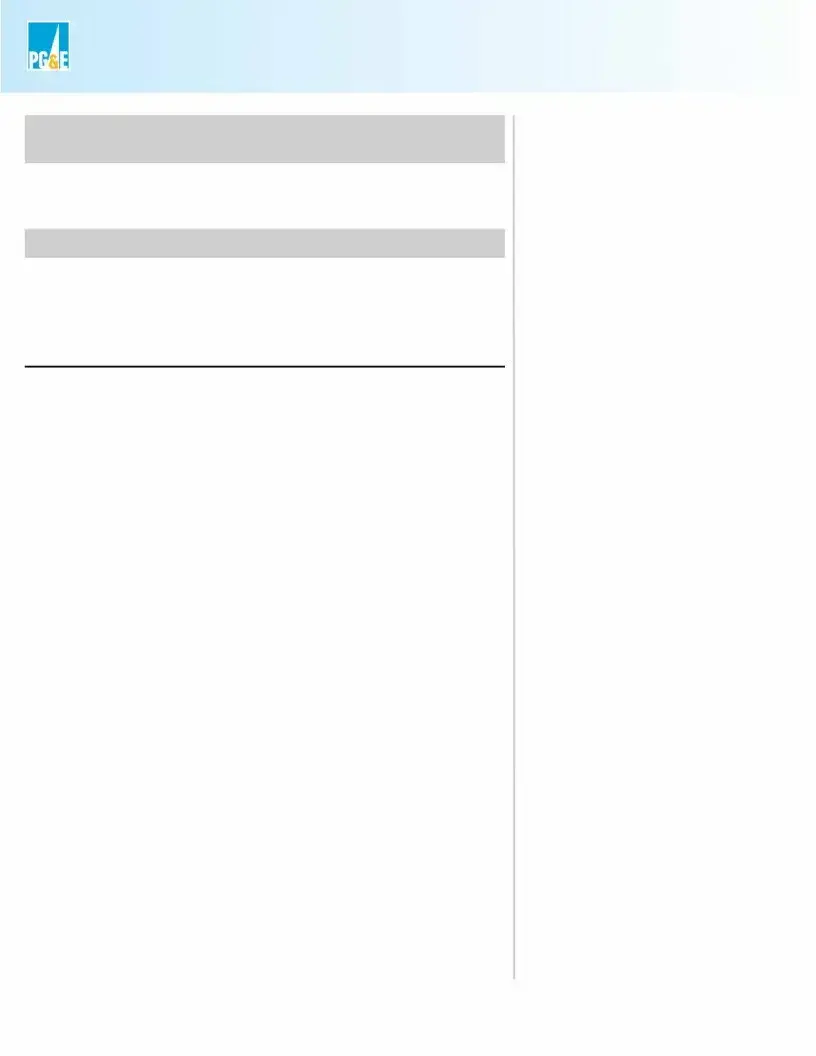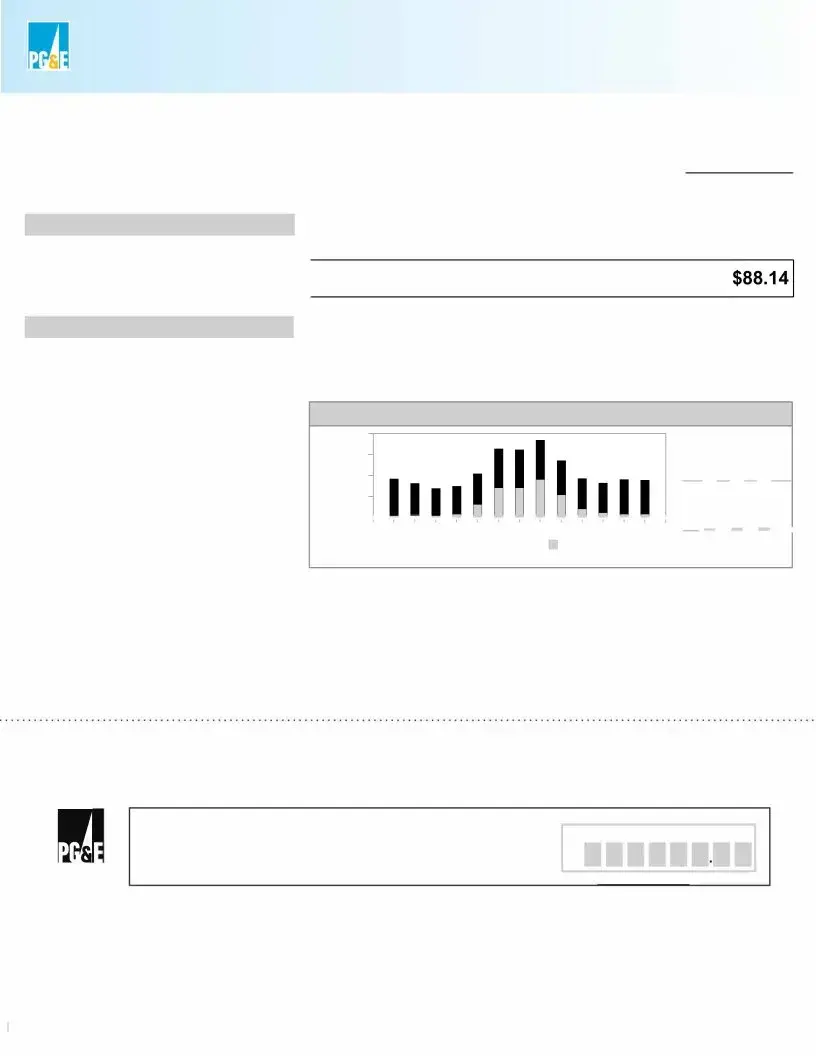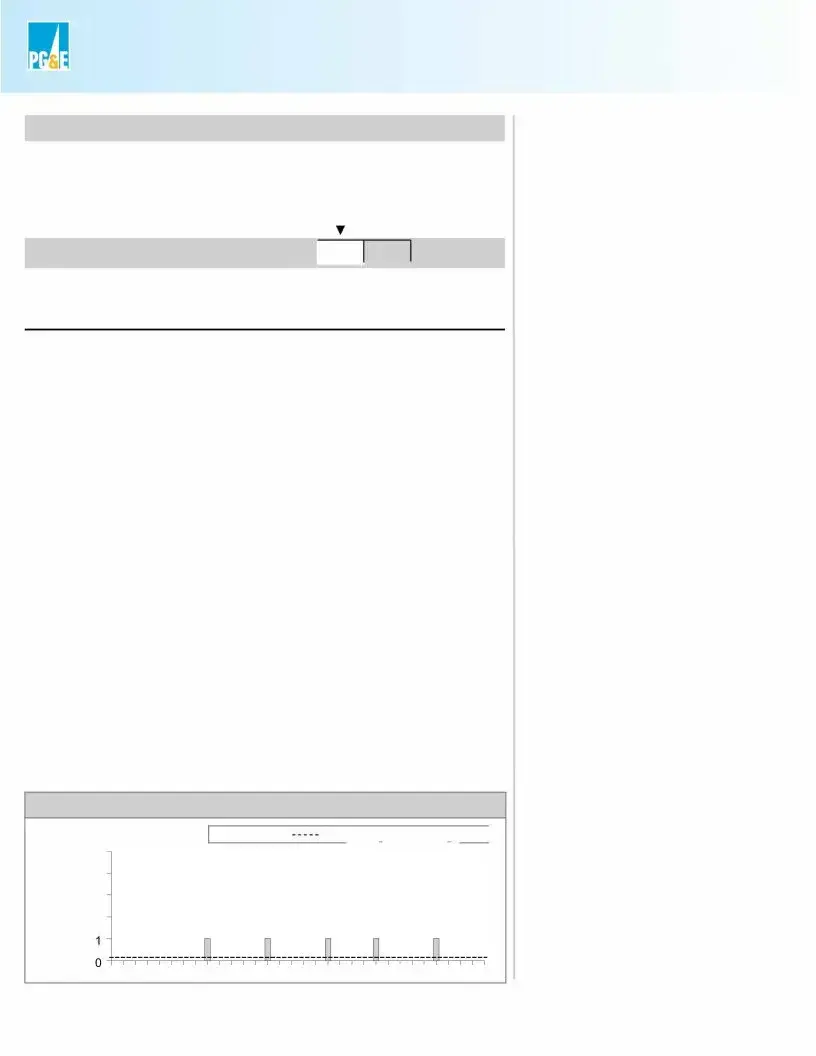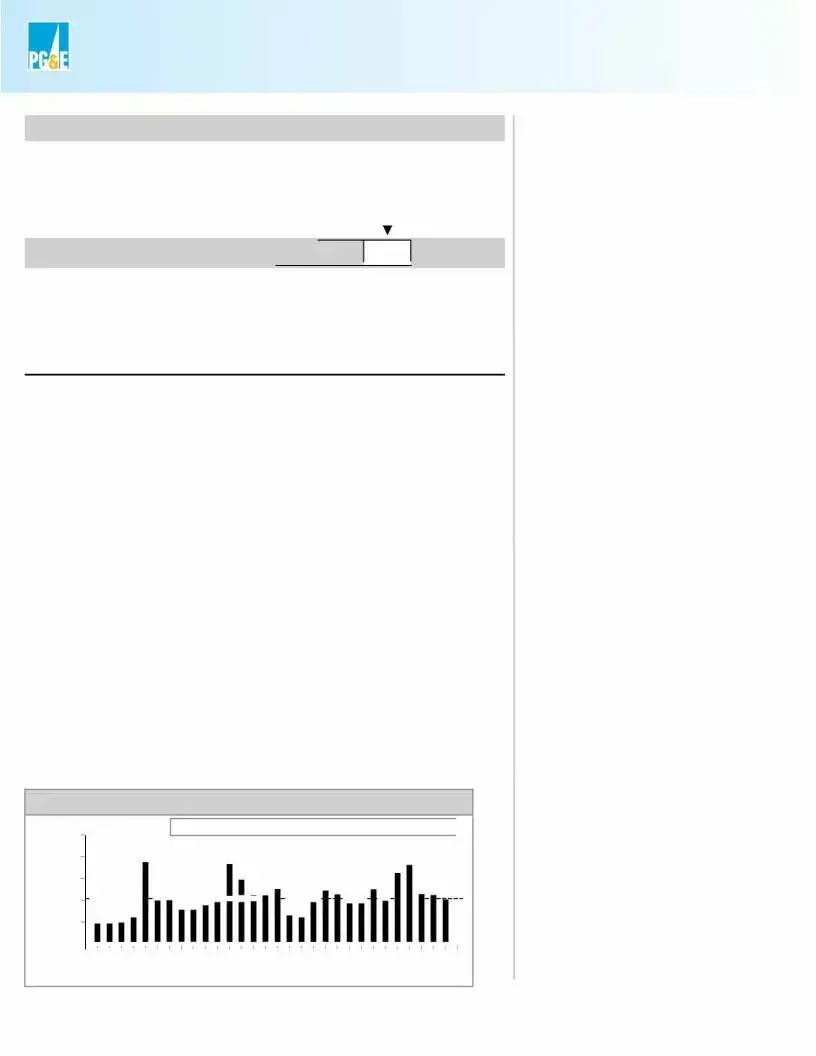A Utility Bill form is a document provided by utility companies to their customers. It contains crucial information regarding the services offered, such as electricity, water, gas, or internet. The form typically shows usage details, payment amounts, and dates. Customers use this information to manage their accounts and make timely payments.
Submitting a Utility Bill form may be required for various purposes. Individuals may need to provide proof of residency, apply for public assistance, or verify their identity for certain services. It's also common to submit this form when setting up new accounts or when required by educational institutions.
How do I obtain my Utility Bill?
Utility Bills are usually mailed directly to customers every billing cycle. Customers can also access their bills online by logging into the utility company's website. Many companies offer electronic billing, where customers can view and download their bills in PDF format. If a physical copy is needed, contacting customer service can help with accessing a new one.
A Utility Bill generally contains the following information:
-
Account holder's name and address
-
Billing period dates
-
Previous meter readings and current meter readings
-
Total usage for the billing period
-
Charges for services rendered
-
Due date for payment
-
Payment options available
Can I dispute a charge on my Utility Bill?
Yes, customers have the right to dispute charges they believe are incorrect. It is recommended to review the billing details first. If discrepancies are identified, reaching out to customer service is the appropriate next step. They can provide guidance on how to formally dispute the charge and what information may be needed.
What should I do if I cannot pay my Utility Bill on time?
If payment cannot be made by the due date, contact the utility company as soon as possible. Most companies offer flexible payment options, such as payment plans or extensions. They may also provide information on assistance programs available for those facing financial difficulties.
Is it possible to set up automatic payments for my Utility Bill?
Many utility companies offer automatic payment options. Customers can authorize recurring payments that are deducted directly from their bank account or charged to a credit card. Setting up this option can help ensure that bills are paid on time and reduce the risk of late fees.
How often will I receive my Utility Bill?
Utility billing cycles vary depending on the company. Most utilities send bills monthly, while some may bill bi-monthly or even quarterly. It’s beneficial for customers to review the billing frequency specified by their utility provider to maintain awareness of upcoming payments.
What should I do if I believe my Utility Bill is inaccurate?
If there are concerns regarding the accuracy of the Utility Bill, gather all relevant information, such as previous bills and meter readings. Then, contact customer service to discuss the issue. They can review the account and provide explanations or corrections if needed.
Can I get my Utility Bill in a different language?
Some utility companies offer bills in multiple languages to accommodate their customer base. Customers should check with their provider’s customer service to see if this option is available and request a different language if needed.
